The Essential Guide series brings together the best recent coverage from New Scientist specially curated into beautiful compendiums about the most exciting themes in science and technology today. Written and edited by some of the world’s best science writers, these guides will leave you with everything you need to know about subjects from nutrition to the solar system and more.
NEW SCIENTIST ESSENTIAL GUIDE PLANET EARTH
New Scientist - The Essential Guides
HOW DID EARTH FORM?
MEET PLANET EARTH • Our home may seem completely familiar, yet we are still piecing together information about what it is made of, how it came to be and what its future holds. Before we dive into the personal history of this remarkable planet, here’s what we do know
METEORITES AND THE ORIGIN OF EARTH • Collecting precious, iron-rich space rocks might help crack the puzzle of how our planet took shape
HOW DID EARTH GET ITS WATER? • Our planet is a lush world of rivers, lakes and streams. But it shouldn’t be, according to our traditional interpretation of Earth’s origin
LUDOVIC FERRIÈRE ON THE HUNT FOR IMPACT CRATERS • The hunt for hidden impact craters left behind by asteroids and comets could reveal Earth’s deep past, says geologist Ludovic Ferrière
EARLY EARTH AND THE ORIGINS OF LIFE • Somehow, the early Earth promoted conditions for the emergence of the complex molecules that now constitute the basis of living creatures. The more we search for the origin of life, the more we learn about our infant planet – in particular, when the first dry land appeared
WHY DOES EARTH HAVE PLATE TECTONICS? • Without plate tectonics, our planet would be a very different place. The constant recycling of Earth’s crust provides us with a stable climate, mineral and oil deposits and oceans with a life-sustaining balance of chemicals. It even gives evolution a kick every few hundred million years
WHEN DID PLATE TECTONICS BEGIN? • Our planet’s unique subterranean movements may have begun at least half a billion years earlier than thought, possibly triggered by staggeringly violent impacts from space rocks
INSIDE EARTH
WHAT IS AT THE CENTRE OF EARTH? • Earth is an onion-like structure of layers, all supported by the core. Far from being inert, the behaviour of Earth’s core affects the entire planet
WEIRD CONTINENT-SIZED LUMPS DEEP IN OUR PLANET • For decades, planetary scientists have been trying to understand the origins of two colossal geological anomalies inside our planet. New insights suggest they could be leftovers from a cosmic collision
PANGAEA WENT TO PIECES
EARTH’S MYSTERIOUS MANTLE • The mantle is the single largest continuous structure on – or in – Earth. Yet for all that, we know very little about it
CLIVE OPPENHEIMER, VOLCANO CHASER • Strange customs and legends spring up around volcanoes, and globetrotting volcanologist Clive Oppenheimer has heard some of the most bizarre myths around
MOON’S PULL COULD HELP PREDICT DEADLY VOLCANIC ERUPTIONS • A strange correlation between the phases of the moon and some volcanic eruptions suggest that a gravitational influence may be at work
HOW TO PREDICT EARTHQUAKES • Predicting earthquakes is notoriously hard. Now, a machine learning algorithm is helping to hone our predictions
EARTH’S CORE HAS STARTED SPINNING MORE SLOWLY • Monitoring the seismic waves produced by earthquakes provides invaluable information about the behaviour of Earth’s interior
THE PARADOX POWERING EARTH’S MAGNETIC FIELD • Our planet’s protective force field appears to be billions of years older than the mechanism that we think got it going. So what really made Earth magnetic?
THE OCEANS
HOW DEEP IS THE OCEAN? • The depth of the ocean varies from place to place....
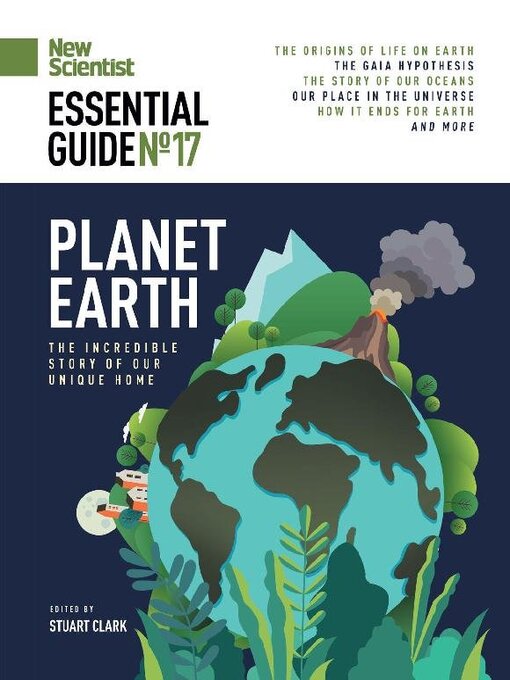
 EG25
EG25
 EG24
EG24
 EG23
EG23
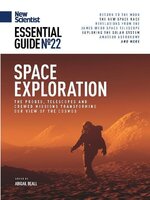 EG22
EG22
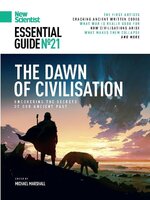 EG21
EG21
 EG20
EG20
 EG19
EG19
 EG18
EG18
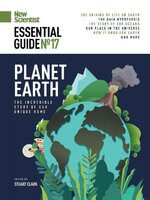 EG17
EG17
 EG16
EG16
 EG15
EG15
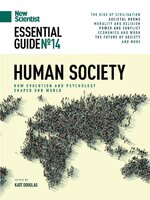 EG14
EG14